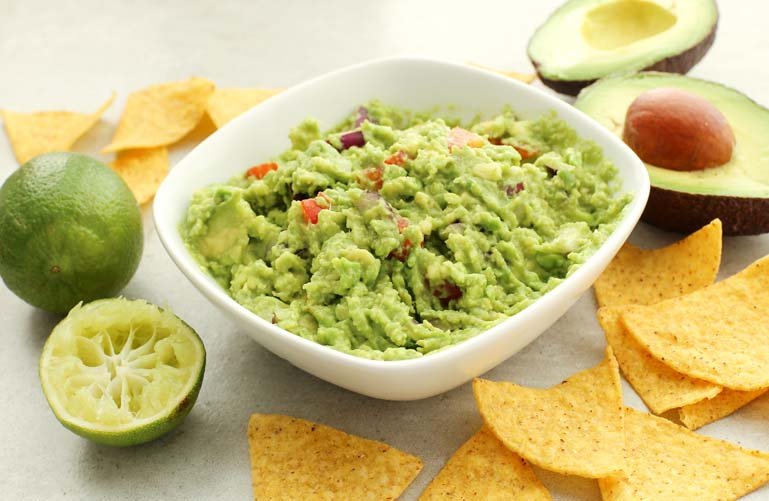Preparation of flavored oils for cooking
Flavored oils are a great way to add flavor and aroma to your cooking dishes. They are easy to make and can be customized according to your preferences. Next, we'll show you how to make your own flavored oils at home.
Step 1: Choose your base oil
The first step in preparing flavored oils is to choose a good quality base oil. You can opt for extra virgin olive oil, sunflower oil or almond oil. Make sure the oil is fresh and of good quality, as this will affect the final flavor of your flavored oil.

Step 2: Select your aromatic ingredients
The next step is to select the aromatic ingredients you want to use to flavor your oil. You can opt for fresh herbs such as rosemary, thyme, basil or cilantro. You can also add spices like chili, black pepper or even garlic.
The next step is to select the aromatic ingredients you want to use to flavor your oil. You can opt for fresh herbs such as rosemary, thyme, basil or cilantro. You can also add spices like chili, black pepper or even garlic.

Step 3: Preparation of the flavored oil
Once you've selected your aroma ingredients, it's time to prepare your flavored oil. Follow these steps:
- Carefully wash and dry your aromatic ingredients.
- Place the ingredients in a clean, dry glass bottle.
- Lightly heat the base oil in a frying pan over low heat. Do not let the oil boil.
- Pour the hot oil over the ingredients in the glass bottle.
- Cap the bottle and shake it gently to mix the ingredients.
- Let the oil cool to room temperature.
- Once cool, store the bottle in a cool, dark place for at least a week to allow the flavors to blend.

Step 4: Use and storage
Your flavored oils will be ready to use after a week of rest. You can use them to dress salads, marinate meats or fish, drizzle on pasta or even as a dip for bread.
Remember that homemade flavored oils have a limited shelf life. It is recommended to use them within 2-3 months after preparation. Store them in a cool, dark place to extend their shelf life.
Additional Tips
Here are some additional tips for preparing flavored oils:
- Experiment with different combinations of ingredients to create unique flavors.
- Always use fresh and good quality ingredients.
- Label your bottles so you can remember what ingredients each contains.
- Always keep your guests' dietary preferences and restrictions in mind when using flavored oils.
Enjoy the experience of preparing your own flavored oils and add a special touch to your cooking dishes!

Flavored cooking oils have a history that dates back centuries. Their origin is believed to be in ancient Rome, where herbs and spices were used to infuse olive oil with distinctive aromas and flavors. This method not only enhanced the taste of dishes but was also used for medicinal and food preservation purposes.
During the Middle Ages, monks in European monasteries refined the techniques of oil infusion, incorporating a wide variety of herbs, spices, and sometimes even flowers. These oils became a key element in the cuisine of the time, especially among the nobility and high society.
Over time, the popularity of flavored oils spread worldwide, adapting to different cultures and regional cuisines. Today, flavored oils are an integral part of modern cuisine, used to enhance the flavor of a wide variety of dishes, from salads to meats and fish.
Today, chefs and home cooks experiment with a wide range of ingredients to create unique and delicious flavored oils. From fresh herbs like basil and rosemary to exotic spices like cumin and coriander, the possibilities are endless. Additionally, techniques such as cold or hot infusion have become popular, allowing for a greater variety of flavors and increased versatility in the kitchen. In summary, flavored oils have come a long way from their humble beginnings in ancient Rome to becoming an indispensable element in contemporary cuisine.
credit images: freepik
Maybe you might like: 10 Delicious Dessert Recipes with their Ingredients and Preparation


